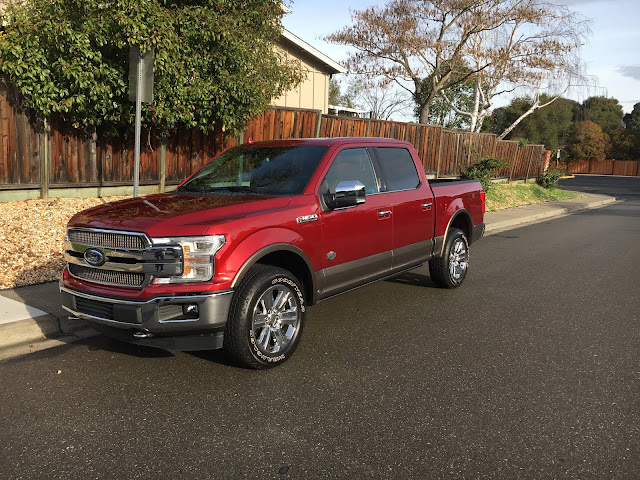Jeep - The name says it all. But what about Cherokee High Altitude?
 |
| I went looking for Tracy's hills but it was all flat-land. |
Cherokee - Just about everybody knows Cherokee. The name goes back to 1974 when it was a 2-door Wagoneer. In '84, in a move that stunned the industry, Jeep introduced the new, smaller, unibody Cherokee. It was an instant hit. The square Cherokee continued until 2001 in the USA and 2013 in other countries.
High Altitude - Near as I can figure High Altitude is a trim package. This isn't like the old days where a vehicle needed to be tuned for high altitude, modern electronics ensure that any vehicle runs perfectly way up in the Rockies or in Death Valley.
 |
| Simplicity works for me. |
Regardless of the Cherokee's capabilities the vast majority of owners will never really test it. Rest assured though when you need it a Jeep will deliver. And regardless of 4WD here in California the CHP may still require you to chain up if the roads get really snowy/icy.
Way back in '74 the Cherokee was available with either a straight 6-cylinder or a V8. Today you get two four-cylinders and one V6. The High Altitude is equipped with the 3.2-liter, 271-hp, 239 lb-ft, OHC, 24-valve V6. Power goes through a 9-speed automatic transmission out to all four wheels via the Active Drive I system.
The V6 has a nice growl when revved. Given that the Cherokee High Altitude weighs just shy of 2 tons acceleration seem good.
The Cherokee is rated to carry about 1,000 lbs and will tow up to 4,500 lbs.
So how was it, what did it ride and drive like? The suspension was a little stiff but not harsh. Sometimes in the past 4WD vehicles were a bit vague on the road. That is gone. The Cherokee High Altitude was perfectly at ease on the road.
According to the EPA the Cherokee with the V6 is capable of 27 mpg on the highway. That seems reasonable although I got a little less (to be fair I didn't get it out on the Interstate).
You know vehicles are getting better and better when I have to look for nits to pick. There are no truly terrible vehicles out there. So what was wrong with the Cherokee High Altitude? Nothing. Absolutely nothing.
The test Cherokee High Altitude 4X4 had a total price of $42,715 including options ($6,625) and destination fee ($1,495).
Jeep wrote the book on 4WD. That tells me that if you're in the market for a vehicle of the Cherokee's size you must consider Cherokee.




Comments